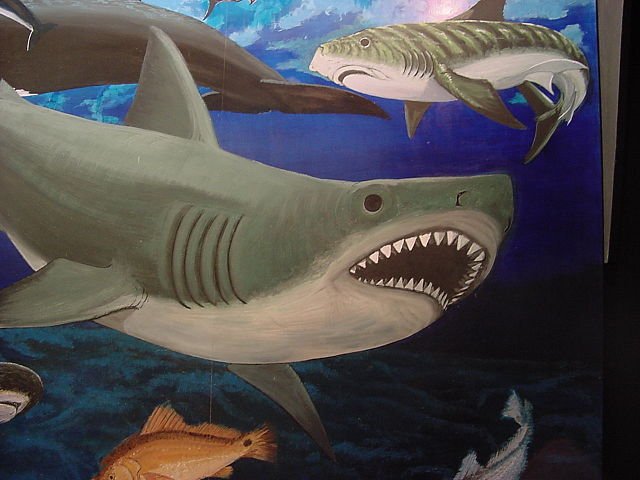Organizations and Innovation – Swim or Die!
Blog: Form Follows Function

One of the few downsides to being a Great White shark is that they must continually move, even while sleeping, in order to keep water moving over their gills. If they stay still too long, they die. Likewise, organizations must remain in motion, changing and adapting to their ecosystem, or risk dying out as well.
Greger Wikstrand and I have been carrying on a discussion about architecture, innovation, and organizations as systems. Here’s the background so far:
- “We Deliver Decisions (Who Needs Architects?)” – I discussed how the practice of software architecture involved decision-making. It combines analysis with the need for situational awareness to deal with the emergent factors and avoiding cognitive biases.
- “Serendipity with Woody Zuill” – Greger pointed me to a short video of him and Woody Zuill discussing serendipity in software development.
- “Fixing IT – Too Big to Succeed?” – Woody’s comments in the video re: the stifling effects of bureaucracy in IT inspired me to discuss the need for embedded IT to address those effects and to promote better customer-centricity than what’s normal for project-oriented IT shops.
- “Serendipity and successful innovation” – Greger’s post pointed out that structure is insufficient to promote innovation, organizations must be prepared to recognize and respond to opportunities and that innovation must be able to scale.
- “Inflection Points and the Ingredients of Innovation” – I expanded on Greger’s post, using WWI as an example of a time where innovation yielded uneven results because effective innovation requires technology, understanding of how to employ it, and an organizational structure that allows it to be used well.
- “Social innovation and tech go hand-in-hand” – Greger continued with the same theme, the social and technological aspects of innovation.
The over-riding them of the conversation is that innovation doesn’t happen in a vacuum. The software systems that people tend to think about when talking innovation are irrelevant outside of the context of the organizations that use them to innovate. Those organizations are irrelevant outside of the context they operate in, their ecosystem. A great organization with cutting edge technology that has no market is not long for this world. This fractal nature of social systems using software systems within an overarching ecosystem is why I find enterprise architecture increasingly relevant to software architecture. I use “increasingly” as in my awareness of its importance is increasing; the relevance has always been there. Matt Ballantine’s post, “Down Pit”, points this out in the context of Britain’s post-WWII coal mining industry.
Like the sharks, organizations cannot stay immobile and expect to live. Unlike biological organisms, organizations have a far greater degree of control over their internal structures and processes to enable them to adapt to their environment. Whether it’s referred to as Enterprise Architecture or not, there is a need for organizations to understand the context in which they operate. Adapting to this context requires both technological and social (structural and cultural) flexibility.
Unlike the sharks that evolved to “sleep swim”, organizational adaptation must be intentional, considered, and ongoing. Rather than formulaic responses, which tend to jump to the ends of spectra, tailoring is needed to find the right mix. This is one concept that I neglected to fully develop in “Fixing IT – Too Big to Succeed?”, too distributed is likely to be as bad as too centralized. Some aspects of IT need to be centralized to be effective whereas others need to be federated to be effective. Not all embedded teams will be at the same organizational scope. Pragmatism is required as well. Blindly adhering to the rule that each application have a dedicated permanent product team means that the company will either go bankrupt or only units that can afford a team will have applications. A middle ground, while not doctrinally pure, is both possible and preferable.
It’s not enough to just swim, you must swim with purpose. Otherwise, all that emerges is entropy.
Leave a Comment
You must be logged in to post a comment.







